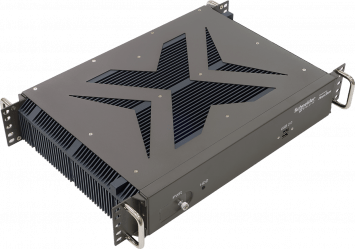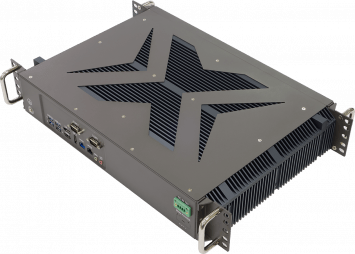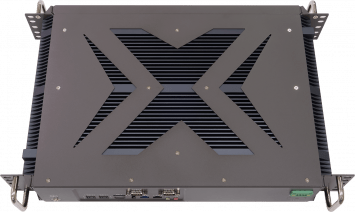SCHX4
Micro-Grid Computer with Intel 10th Gen (Cometlake-S) i9-10900TE processor, Extended range of Temperature Support from -20°C to 60°C
- 10th Generation Intel® Core™ i9-10900TE Cometlake-S Processor
- DDR4- Up to 64GB
- 2x SSD – RAID 0/1
- FTDI Security on Board
- Multi Display with DisplayPort, HDMI
- 12V DC-IN
- 100V~240V AC/DC Redundant PSU for optional
- HSR/ PRP Ethernet board for Optional
- Technical Profile
- Specifications
- CPU
- A. Introduction
-

A Microgrid is a small scale, a type of local electric subsystem that combines power from distributed energy generation sources, connected to the general grid at a single point. A Microgrid is a self-contained power system that has the ability to locally generate, distribute, and store energy. It also is a localised energy grid, which is generally linked to the main grid but can disconnect automatically and function as its own independent grid when necessary. This connection also can be acted as a switch that makes it possible to disconnect a Microgrid from the public grid (should anything happen to the main grid such as a blackout.) and operate it temporarily in island mode.
A Microgrid can be powered by distributed generators, batteries, and/or renewable resources like solar panels. Depending on how its requirements are managed, a Microgrid might run indefinitely.
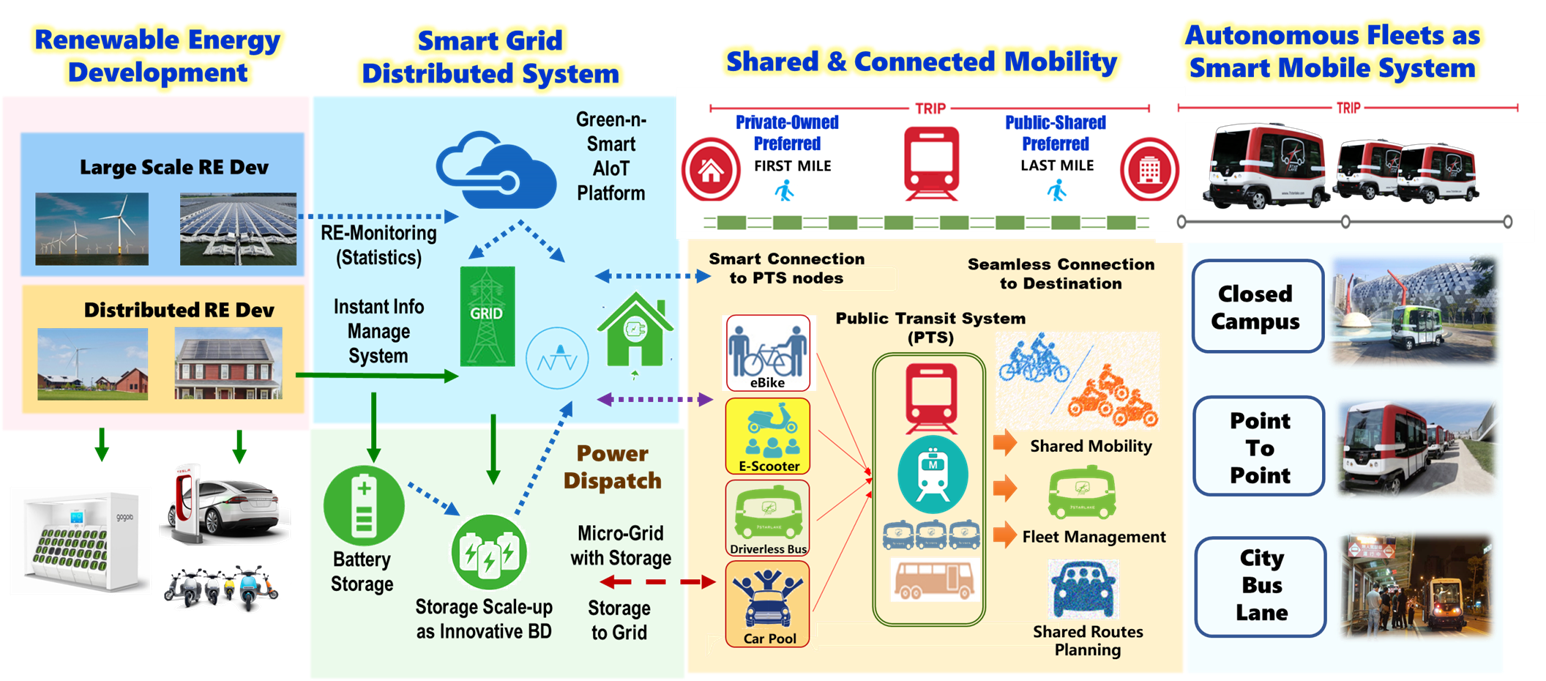
How does Micro-Grid work?
Microgrid is including three essential sections:
Local energy (such as photovoltaic panels, wind turbines, heat pumps, biomass plants, hydroelectric turbines, etc.) and an additional back-up supply of energy (power generators). Storage system: batteries, a supply of water for pumped-storage hydroelectricity. Smart management system to ensure the continuous balance between electricity generation and demand.
A fully functioning Microgrid computer system is important for ensuring all processes work correctly and that energy is always being distributed in an efficient manner. 7Starlake provides state-of-the-art solutions for substation automation and Micro-Grid applications for both public utilities and enterprises. Our rich experience in this industry, coupled with our innovative work on the latest technologies, enables us to develop market-specific solutions for computing and communication applications in this domain.
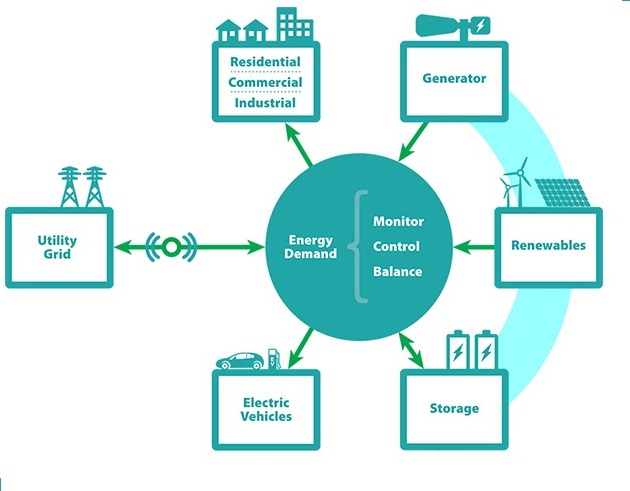
- B. Architecture
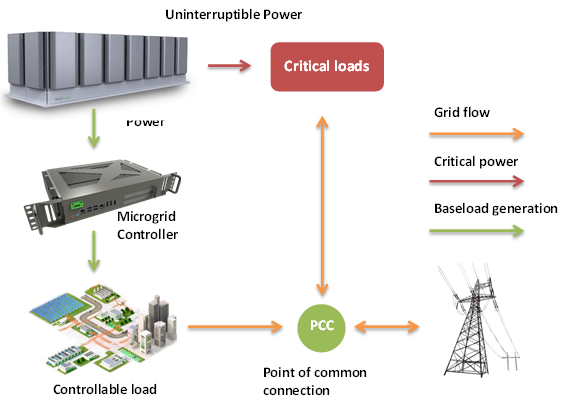
Grid Connected:
The microgrid operates in parallel with the grid, making your community more sustainable and reducing your energy consumption from the grid.
Grid Islanded:
In this mode, the microgrid will power all the critical loads in the community on the utility distribution network when there is no grid power. All of the facilities will stay powered during these extreme events.
Grid Connected:
The microgrid operates in parallel with grid and has the ability to import and export to the grid in response to appropriate price signals. This configuration requires sophisticated controls, testing, and integration to manage interaction with grid.
Grid Islanded:
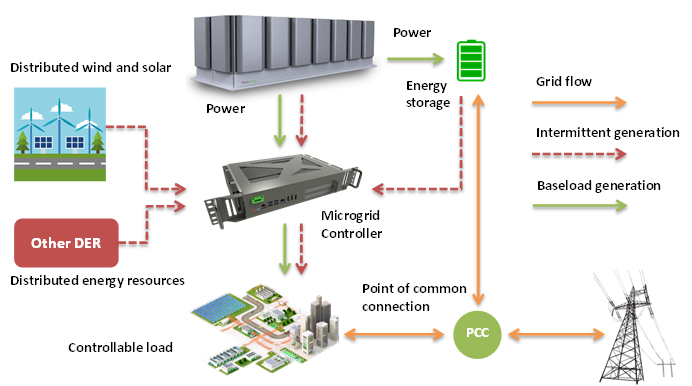
- C. Main feature
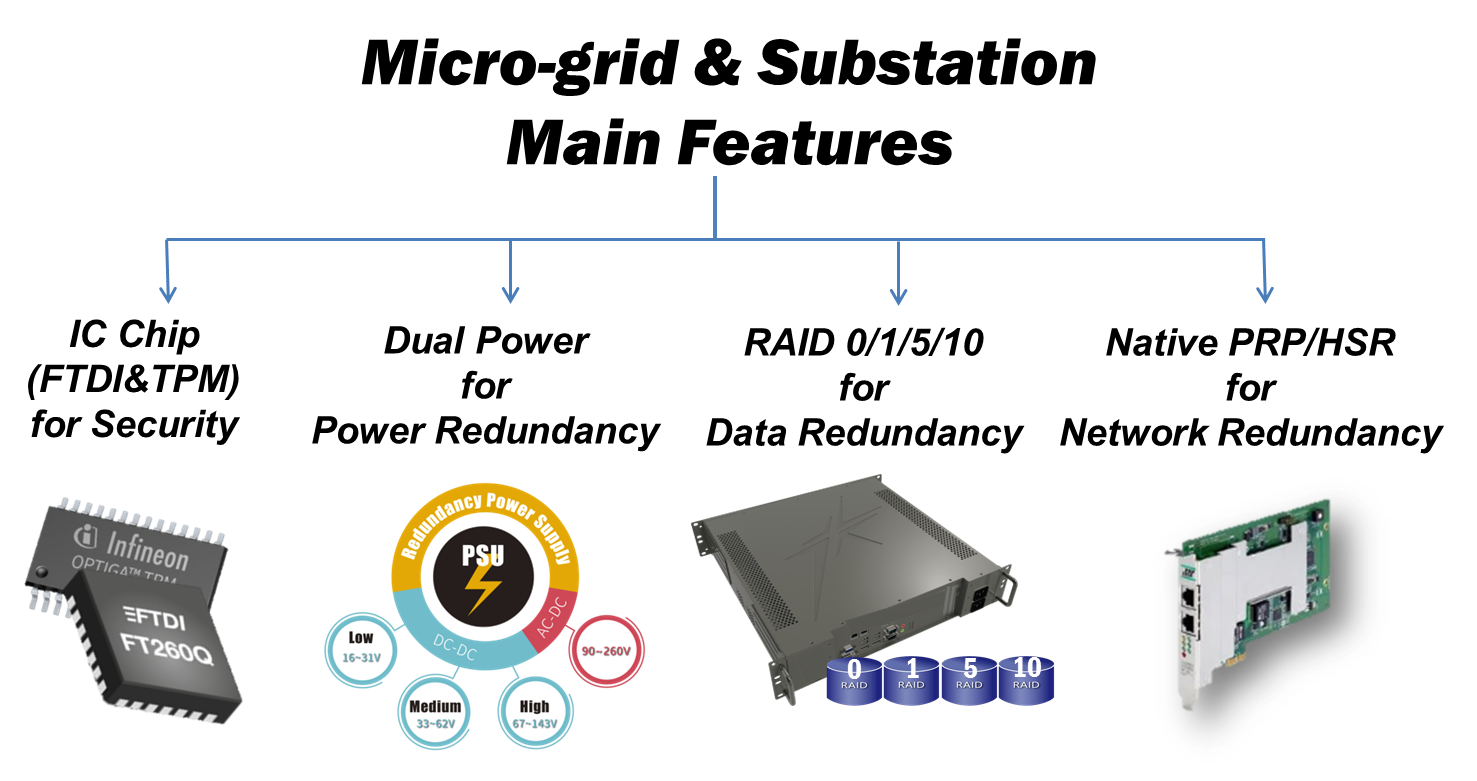
7STARLAKE's Microgrid system can provide an optimized IEC 61850 PRP/HSR architecture which integreted scalable for easy modification of functionalities and extension of the substation. PRP/HSR network will require an efficient and cost effective solution in order to construct a seamless/bumpless communication infrastructure to ensure maximum system availability. Moreover, the system have a RAID function support an assortment of hard drives connected and set up in ways to help protect or speed up the performance of a computer's disk storage. Thanks to the integration FDTI and TPM module, Operating systems can require an authentication (involving a password or other means) to protect keys, data or systems. Finally, the redundant power supplies can provide two power modules in one power supply for continual monitoring for the most reliable power solution for non-stop applications.
- D. Drawing
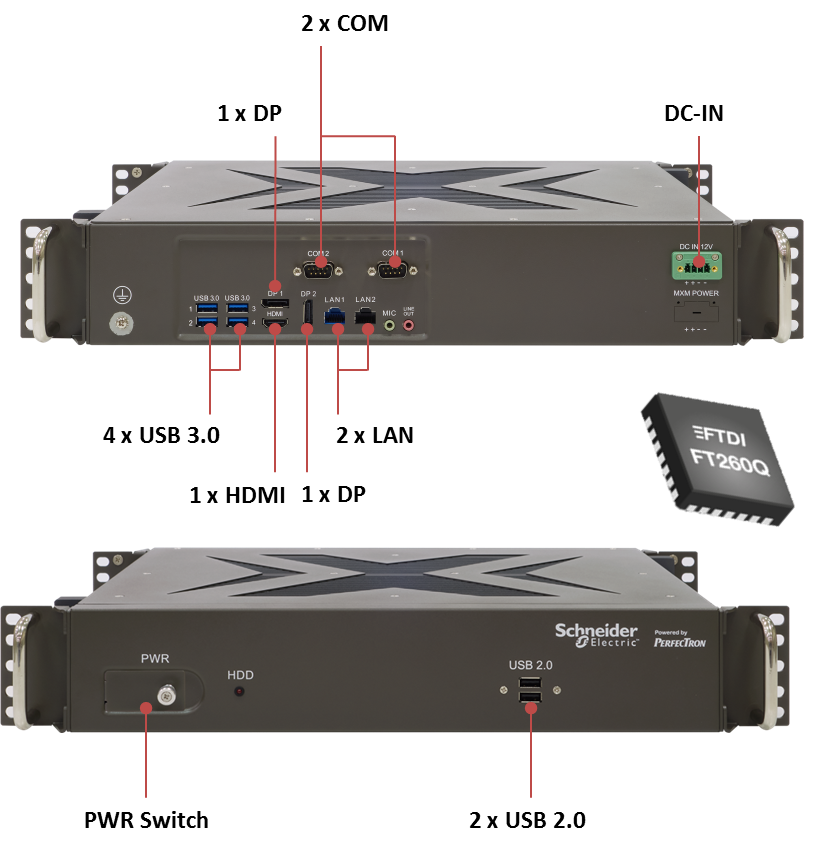
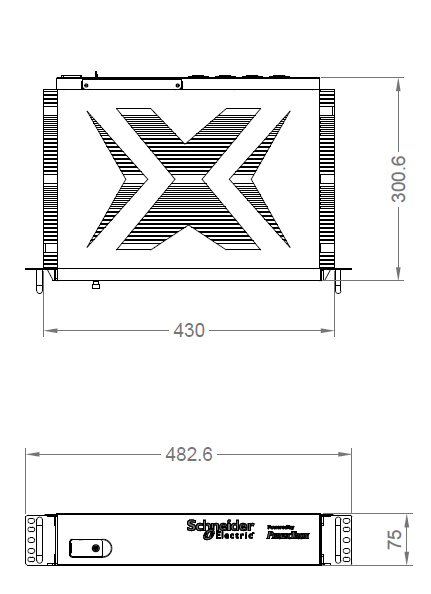
Operating Temp. |
|
|---|---|
| -20°C ~ +60°C ( ambient with air flow ) | |
System |
|
| Model | SCH-X4 |
| CPU | Intel® 10th Gen Core™ i9-10900TE (Cometlake-S) Processors, 2 x Dual Channel DDR4 2400/2600 MHz, 260-pin SODIMM,AMI® UEFI BIOS CODE |
| Chipset | Q470 |
| Memory | Up to 64GB DDR4 |
Display |
|
| GPU | Intel® UHD Graphics |
| Display Port | DisplauPort 1.4, DP++ Max resolution up to 4096x2160@60Hz |
| HDMI | HDMI 2.0a, Max resolution up to 4096x2160@60Hz |
Storage |
|
| Storage Device | 1 x PCIe x 16 (Gen3, Support riser card x8/x8, x8/x4/x4 ) 1 x M.2 (Key E, 2230) with PCIe x1 and shared USB 2.0 for Wireless 1 x M.2 (Key E, 3042) with shared USB 2.0 and SIM for 4G 1 x M.2 (Key E, 2280) with PCIE x 4 and SATA3 for SSD 1 x SIM socket connected to M.2 key B |
Ethernet |
|
| 2 x Intel Gigabit Ethernet LAN Interfaces (10/100/1000 ,10/100/1000/2500 Mbps) | |
Front I/O |
|
| DisplayPort | 2 x DP 1.4 |
| HDMI | 1 x HDMI 2.0a |
| Ethernet | 1 x 1 Gigabit Ethernet LAN, 1 x 2.5 Gigabit Ethernet LAN |
| USB Port | 4 x USB3.2 Gen2 standard-A connectors |
| Serial Port | 2 x COM (RS-232/422/485) |
| Audio Port | 1 x Line-Out, 1 x MIC-In connector |
| DC-IN | 4P Rugged Terminal connector |
Applications, Operating System |
|
| Applications | Commercial and Military Platforms Requiring Compliance to MIL-STD-810G Embedded Computing, Process Control, Intelligent Automation and manufacturing applications where Harsh Temperature, Shock, Vibration, Altitude, Dust and EMI Conditions. Used in all aspects of the military. |
| Operating System | Windows 10 64bit Ubuntu16.04, Ubuntu18.04, Fedora 28 |
Physical |
|
| Dimension (W x D x H) | 430 x 300.6 x 75 mm |
| Weight | TBD |
| Chassis | Aluminum Alloy, Corrosion Resistant. |
| Finish | Anodic aluminum oxide (Color Iron gray) |
| Cooling | Natural Passive Convection/Conduction. No Moving Parts |
| Connectors | DC-IN : PHOENIX CONTACT 1776715 RJ45 Ethernet : RTB-19GB9J1A COM: FEN YING SM10-09P HDMI + DP : JKCR Display and HDMI Female |
| Ingress Protection | Dust Proof (Similar to IP50) |
Environmental |
|
| MIL-STD-810G Test | Method 507.5, Procedure II (Temperature ® Humidity) Method 516.6 Shock-Procedure V Non-Operating (Mechanical Shock) Method 516.6 Shock-Procedure I Operating (Mechanical Shock) Method 514.6 Vibration Category 24/Non-Operating (Category 20 ® 24, Vibration) Method 514.6 Vibration Category 20/Operating (Category 20 ® 24, Vibration) Method 501.5, Procedure I (Storage/High Temperature) Method 501.5, Procedure II (Operation/High Temperature) Method 502.5, Procedure I (Storage/Low Temperature) Method 502.5, Procedure II (Operation/Low Temperature) Method 503.5, Procedure I (Temperature shock) |
| Operating Temperature | -20°C to 60°C (ambient with 0.7m/s airflow) |
| Storage Temperature | -40°C to 85°C |
| EMC | CE and FCC compliance |
Intel® Core™ i7-10700TE/i9-10900TE Processor
Thermal Point \ Testing Temp. |
-20°C |
0°C |
+25°C |
+40°C |
+50°C |
+55°C |
+60°C |
|---|---|---|---|---|---|---|---|
|
CPU Frequency (GHz) |
3.69 |
3.69 |
3.69 |
3.69 |
1.99~3.69 |
1.99~3.69 |
1.99~3.69 |
|
CPU Heatsink |
19.2 |
20.1 |
60 |
66.4 |
71.1 |
75 |
81.9 |
|
CPU Die |
24.5 |
25.6 |
70 |
71.7 |
75.5 |
78 |
77.3 |
|
CPU T-J (℃) |
39℃ |
42℃ |
89℃ |
90℃ |
78~98℃ |
80~99℃ |
83~100℃ |
- Test Configuration
-
Device
Configuration
CPU Type
Intel® Core™ i7-10700TE Processor 2.0 GHz
PCH
Intel Q470E
Memory
Innodisk 8GB SOD DDR4 2666 X2
SATA port 1
InnDisk 3MG2-P SSD 64G
DP
Dell U2312
LAN1 ~ LAN2
LAN (Loopback)
USB1~USB4
1A cement resistor
COM Com port loopback Test Software
Burnin test v9.0 XTU CPU STRESS,FU MARK
Chamber
KSON THS-b4t-150
Chipeng SMO-3Test Equipment FSP060-DBAE1、PROVA 11_AC/DC mA clamp meter、Agilent U1252B
